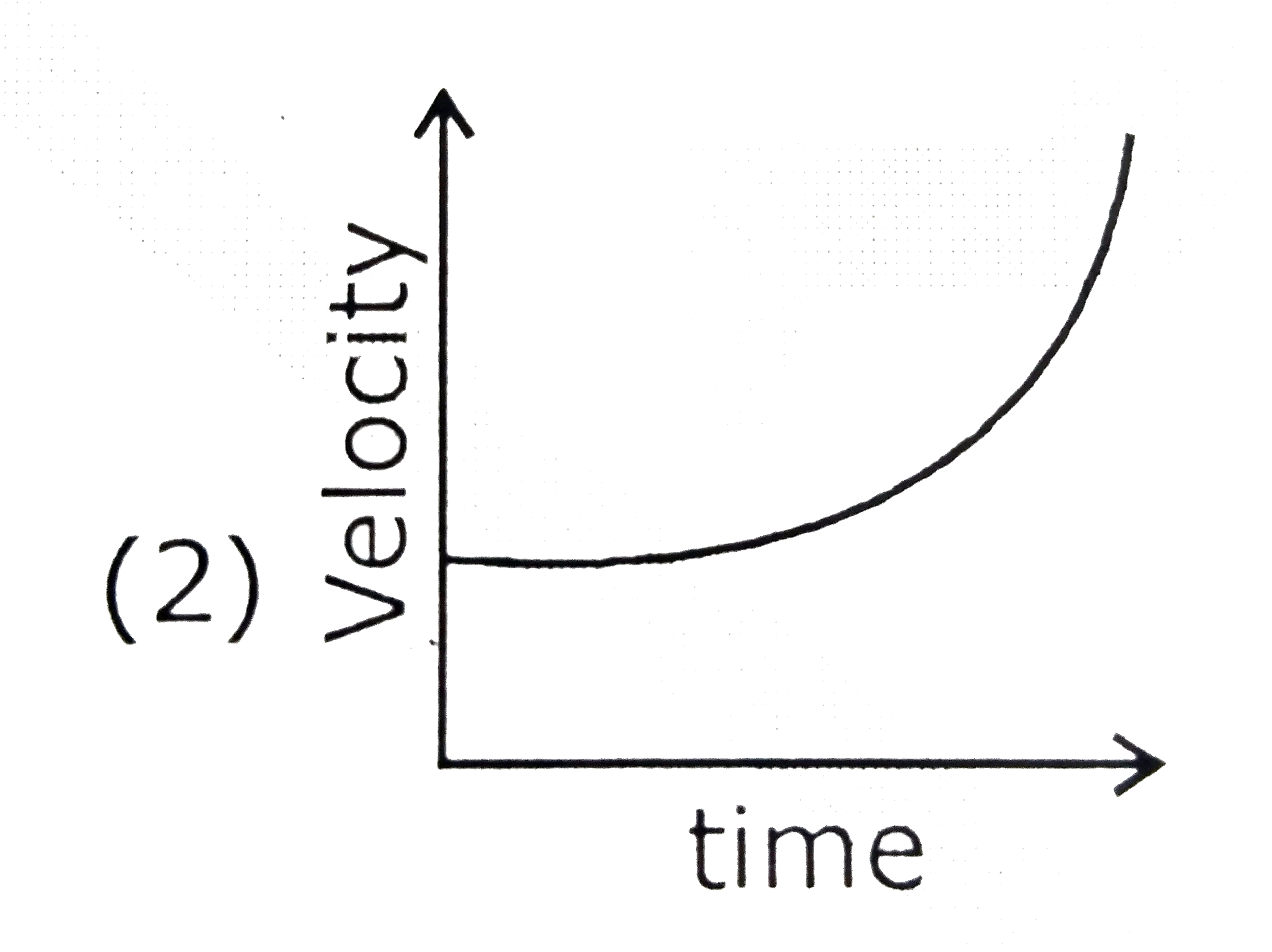Give an example of an object moving with constant value of acceleration but in variable direction.
Step-by-Step Solution:
1. Understanding Acceleration:
- Acceleration is defined as the rate of change of velocity with respect to time. It is a vector quantity, which means it has both magnitude and direction.
2. Constant Magnitude of Acceleration:
- For an object to have a constant value of acceleration, the magnitude of acceleration must remain the same over time.
3. Variable Direction of Acceleration:
- While the magnitude of acceleration is constant, the direction can change. This can occur in scenarios where the object is moving in a curved path.
4. Example of Circular Motion:
- A classic example of an object moving with constant acceleration but in a variable direction is an object in uniform circular motion. In this case, the object moves in a circular path at a constant speed.
5. Centripetal Acceleration:
- In uniform circular motion, the object experiences centripetal acceleration directed towards the center of the circle. The magnitude of this acceleration is given by the formula a=v2r, where v is the speed of the object and r is the radius of the circular path.
6. Changing Direction:
- Although the speed (magnitude of velocity) remains constant, the direction of the velocity vector changes continuously as the object moves around the circle. Consequently, the direction of the centripetal acceleration also changes continuously.
7. Conclusion:
- Therefore, an object in uniform circular motion is an example of an object that has a constant magnitude of acceleration (centripetal acceleration) but a variable direction of that acceleration.
- Acceleration is defined as the rate of change of velocity with respect to time. It is a vector quantity, which means it has both magnitude and direction.
- For an object to have a constant value of acceleration, the magnitude of acceleration must remain the same over time.
- While the magnitude of acceleration is constant, the direction can change. This can occur in scenarios where the object is moving in a curved path.
- A classic example of an object moving with constant acceleration but in a variable direction is an object in uniform circular motion. In this case, the object moves in a circular path at a constant speed.
- In uniform circular motion, the object experiences centripetal acceleration directed towards the center of the circle. The magnitude of this acceleration is given by the formula a=v2r, where v is the speed of the object and r is the radius of the circular path.
- Although the speed (magnitude of velocity) remains constant, the direction of the velocity vector changes continuously as the object moves around the circle. Consequently, the direction of the centripetal acceleration also changes continuously.
- Therefore, an object in uniform circular motion is an example of an object that has a constant magnitude of acceleration (centripetal acceleration) but a variable direction of that acceleration.
Topper's Solved these Questions
- MOTION IN A STRAIGHT LINE Book:MODERN PUBLICATIONChapter:MOTION IN A STRAIGHT LINE Exercise:REVISION EXERCISE (FILL IN THE BLANKS)
Explore 10 Videos
- MOTION IN A STRAIGHT LINE Book:MODERN PUBLICATIONChapter:MOTION IN A STRAIGHT LINE Exercise:REVISION EXERCISE (SHORT ANSWER QUESTIONS)
Explore 19 Videos
- MOTION IN A STRAIGHT LINE Book:MODERN PUBLICATIONChapter:MOTION IN A STRAIGHT LINE Exercise:HIGHER ORDER THINKING SKILL AND ADVANCED LEVEL QUESTION WITH ANSWER
Explore 5 Videos
- MOTION IN A PLANE Book:MODERN PUBLICATIONChapter:MOTION IN A PLANE Exercise:Chapter Practice Test
Explore 15 Videos
- OSCILLATIONS Book:MODERN PUBLICATIONChapter:OSCILLATIONS Exercise:Practice Test (For Board Examination)
Explore 12 Videos
Similar Questions
Show that the area under the velocity-time graph of an object moving with constant acceleration in a straight line in certain time interval is equal to the distance covered by the object in that interval.
View SolutionShow that area under the velocity-time graph of an object moving with constant acceleration in a straight line in certain time interval is equal to the distance covered by the object in the interval.
View Solution
Knowledge Check
If an object is moving with a constant acceleration, the net force acting on that body is
AincreasingBdecreasingCconstantDzeroWhich graph corresponds to an object moving with a constant negative acceleration and a positive velocity ?
A B
B C
C D
D
A : The area under acceleration - time graph is equal to velocity of object.
R : For an object moving with constant acceleration, position - time graph is a straight line.AIf both Assertion & Reason are true and the reason is the correct explanation of the assertion, then mark (1).BIf both Assertion & Reason are true but the reason is not the correct explanation of the assertion, then mark (2).CIf Assertion is true statement but Reason is false, then mark (3).DIf both Assertion and Reason are false statement, then mark (4).
Give two examples of charged objects.
View SolutionGive an example of object to be the best absorber of sound?
View SolutionGive two examples of objective and policy.
View Solutionstate which of the following situations are possible and give an example for each of these :
(a) a body with a constant acceleration but with zero velocity.
(b) an object moving in a certain direction with an acceleration in the perpendicular direction.
View SolutionAn object is moving with variable speed, then
View Solution

